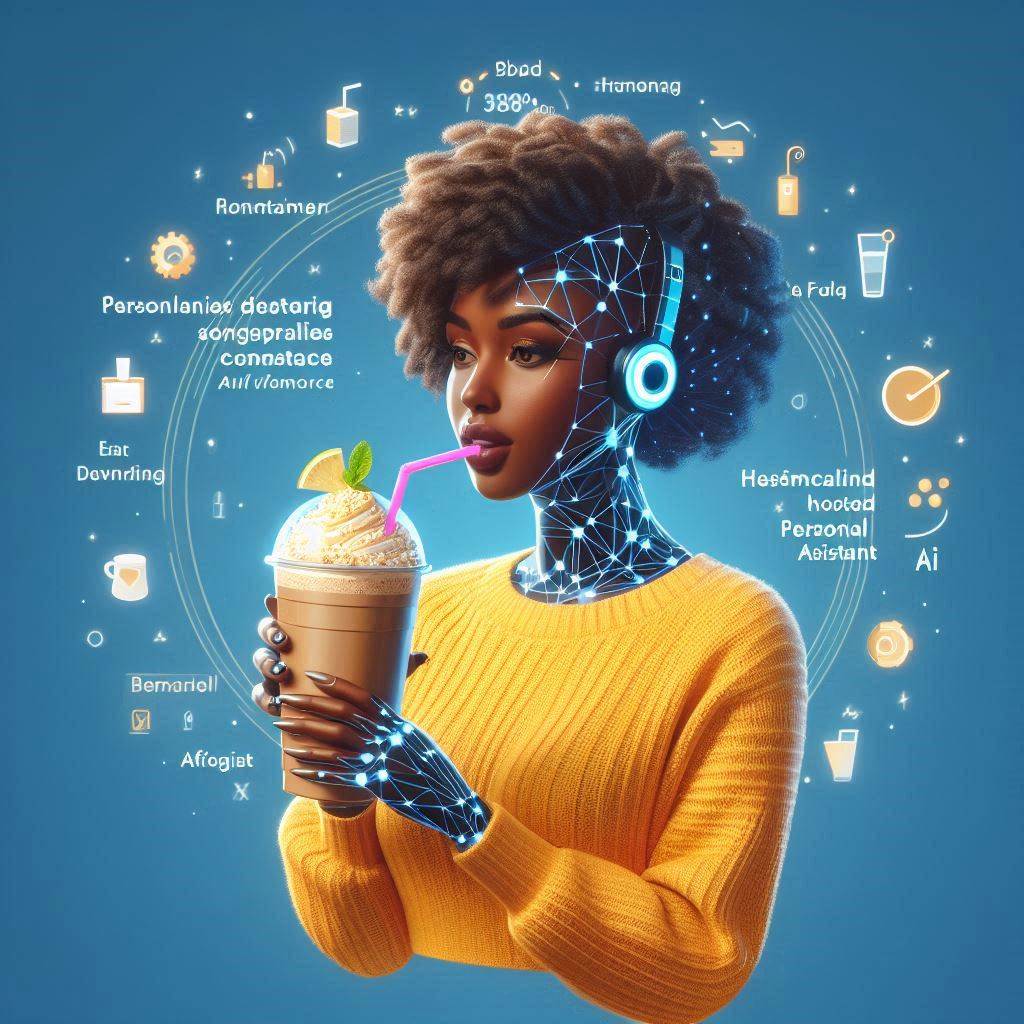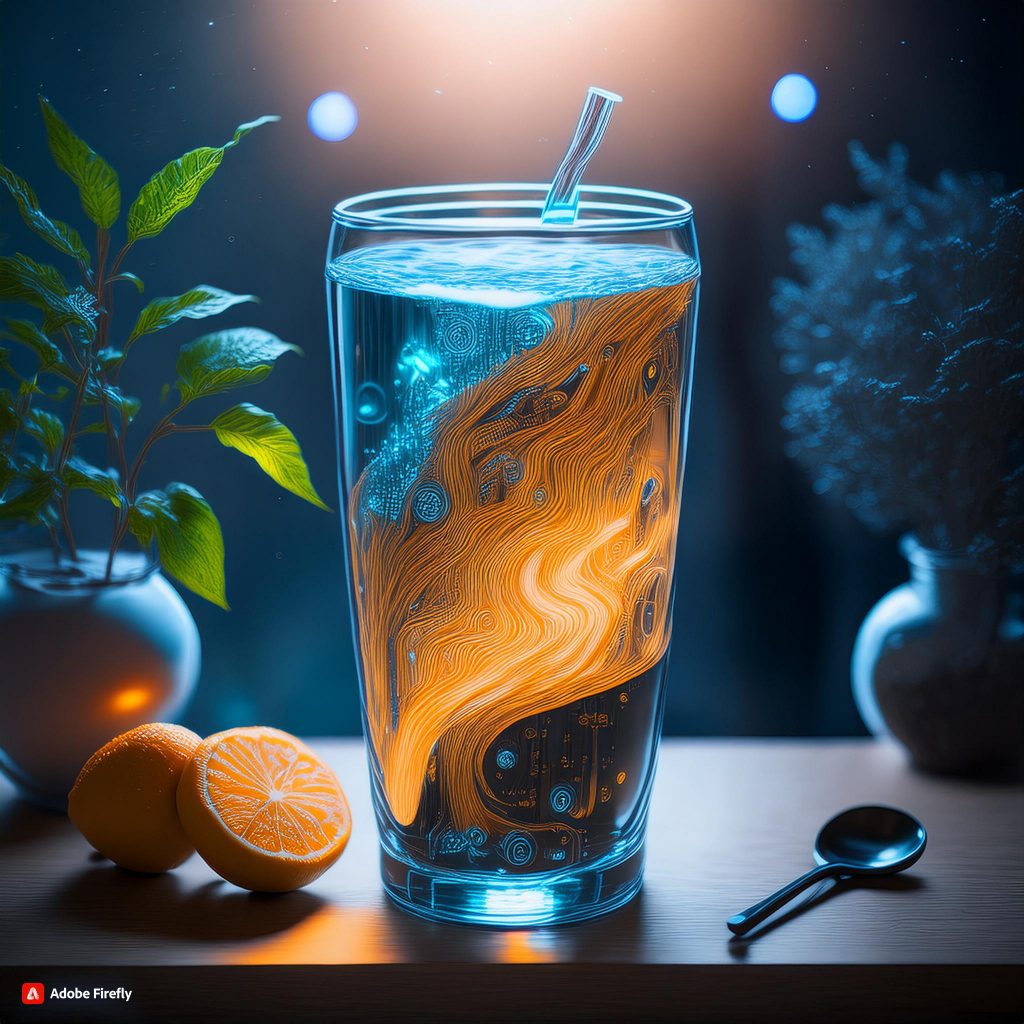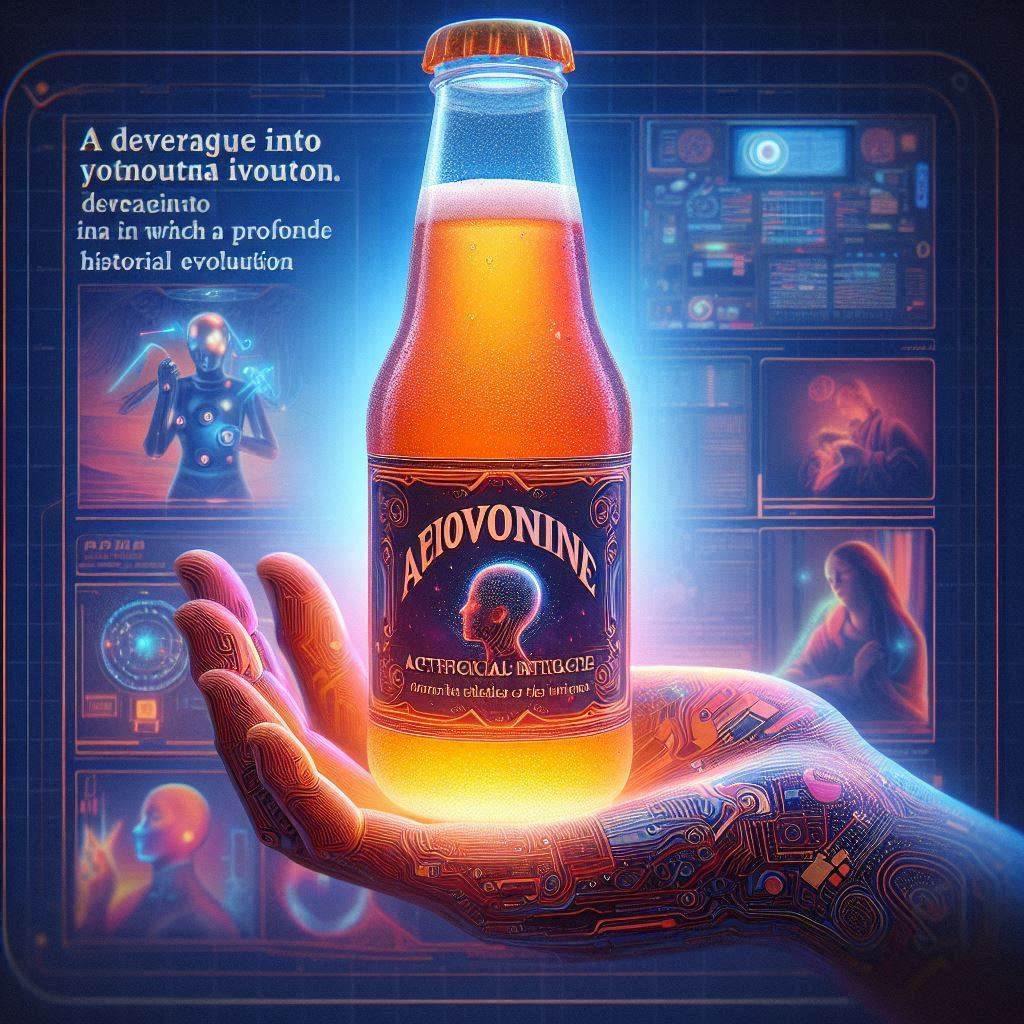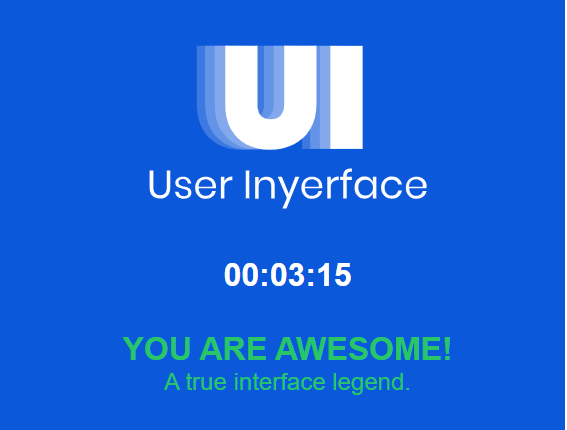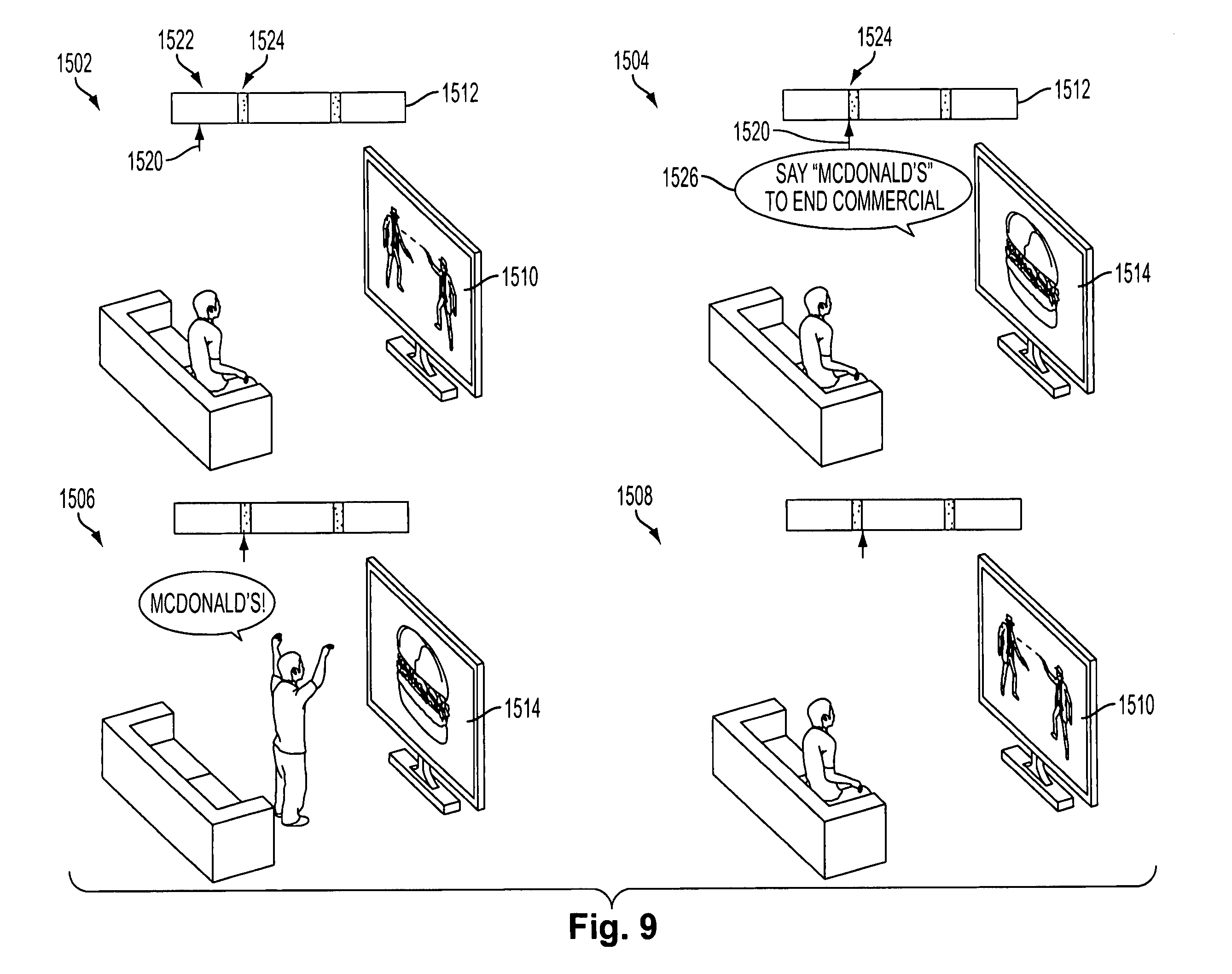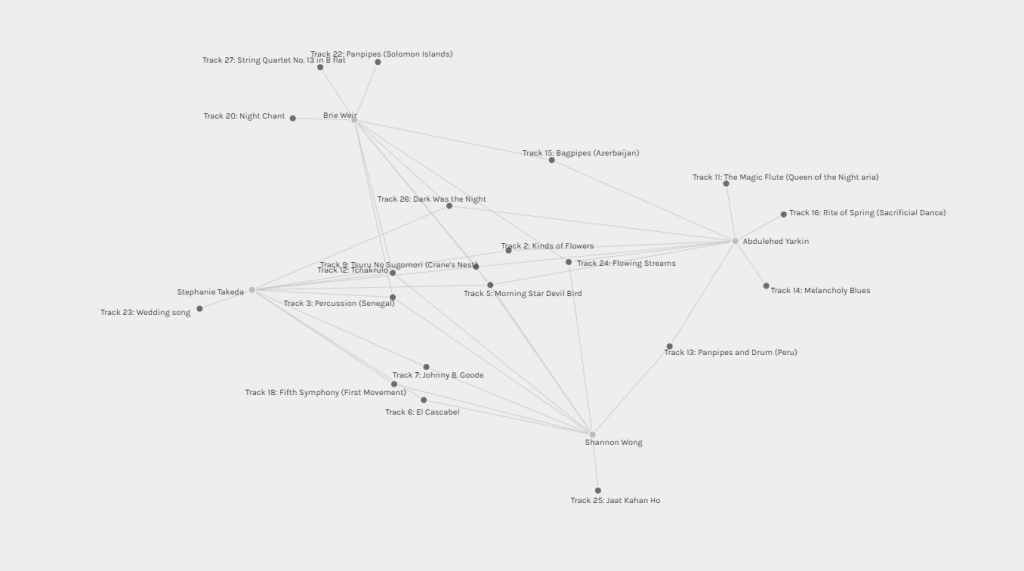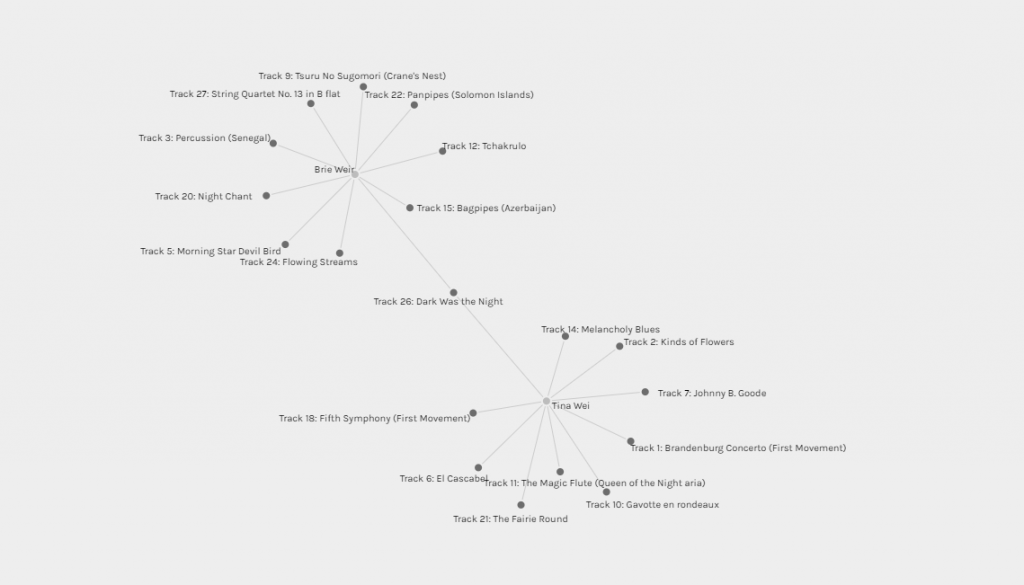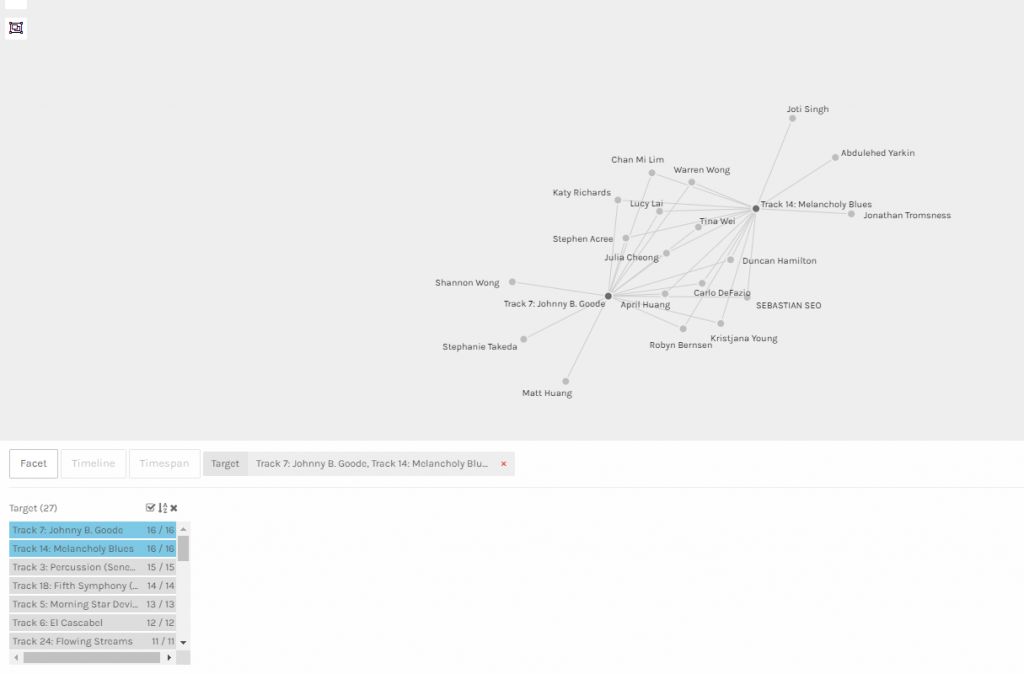For this final project I researched tabletop and computer role-playing games, and have created a rules set for a rules-light one-page Discord role playing game. The background, rules set, and combined document can be downloaded at the end of this page.
Background
Role-playing games (RPGs) emerged in the 1970s from the worlds of miniature-based wargaming, fantasy literature, and the traditions of rules less role-playing (Porter, 1995). Dungeons & Dragons (D&D) is often considered the first entry in this genre, published in 1974 by Tactical Studies Rules (Hosch, 2024). RPGs exist across a wide range of genres but typically consist of a few key components: players take on the roles of characters, succeed or fail on tasks based on rules, and a player takes on the role of game master (GM) who guides the narrative and interactions. As soon as the D&D ruleset was published, game designers were sneaking into campus computer labs to create and play computer RPGs (CRPGs) – digital versions of tabletop RPGs (TRPGs) that translated RPG mechanics into the digital realm (Daglow, 1988). These CRPGs streamlined many RPG mechanics such as inventory and skill management, and enabled single player RPG experiences without the need for a GM.
The difference between TRPGs and CRPGs lies primarily in flexibility. CRPGs are typically characterized by a detailed and defined story that the player explores through their character. The player’s impact on the story largely exists through the selections they make for their character’s skills and abilities. TRPGs on the other hand, are typically defined by their openness – the limit of player exploration, decision-making, and impact on story is only defined by the GM’s willingness and ability to explore the decisions made by the players.
There is a hybrid space that blends the digital affordances of technology with the flexibility of TRPG systems. Porter (1995) theorized that future versions of role-playing games may include “live role-playing by Net” or “a personal digital assistant” to assist with tracking character status or passing information back and forth between player characters (Porter, 1995, para. 32). Many of his visions have come to life through the many online services that exist to support hybrid tabletop and computer roleplaying such as Roll20 (Roll20, 2024) or D&D Beyond (Wizards of the Coast, 2024). These hybrid spaces allow for the high levels of player agency and narrative flexibility typical of TRPGs, with the affordances of the CRPG like automatic calculations and tracking of items and statuses.
Bringing the focus to the educational – RPGs and game-playing have been explored in the classroom in many forms to many conclusions. From rudimentary side-scrolling platformers (Jamshidifarsani et al., 2019), to problem solving CRPGs (Chen & Wu, 2023; Zou et al., 2021), interactive digital retellings of classic literature (Kirginias, 2022; Cook et al., 2017) and beyond, many educators have deployed and examined the use of games in their classrooms. Gaming literacy has emerged in the field of multiliteracies, the player understanding of objectives, rules, and gameplay standing distinct from narrative understanding (Apperley & Walsh, 2012). Gaming literacy invites students to “critically and creatively apply their experiences” within the structure of the game, making layered meaning as they move back and forth across “types of text, experiences, and so forth” (York et al., 2019, p. 120; Cook et al., 2017, p.202).
Educators have identified some key components of deploying RPGs in the classroom to include open narrative structure for improvisation and collaboration, game simplicity due to tight timelines and logistics, and the minimization of the role of the GM whenever possible (Campbell & Madsen, 2021; Cook et al., 2017; Zou et al., 2021). When applied thoughtfully and not treated as a pedagogical panacea, tabletop games and TRPGs have been found to support knowledge acquisition, narrative skills, interpersonal skills, and personal development (Chung 2013; Daniau, 2016; Kirginias, 2022; Orr et al., 2020; York et al., 2019).
With this background in mind, I’ve developed a rules-light one-page Discord RPG heavily inspired by the incredible work of Grant Howitt, John Harper, and particularly Will Jobst. The rules can be found in the following documents.
Background Text PDF
Rules Set PDF
Combined PDF
References
Apperley, T., & Walsh, C. (2012). What digital games and literacy have in common: A heuristic for understanding pupils’ gaming literacy. Literacy (Oxford, England), 46(3), 115-122. https://doi.org/10.1111/j.1741-4369.2012.00668.x
Campbell, H., & Madsen, A. (2021). Nothing like a good fiasco! exploring the potential of tabletop role-playing games (TRPGs) as literacy experiences. Canadian Journal for New Scholars in Education, 12(2)
Chen, H., & Wu, C. (2023). A digital role-playing game for learning: Effects on critical thinking and motivation. Interactive Learning Environments, 31(5), 3018-3030. https://doi.org/10.1080/10494820.2021.1916765
Chung, T. (2013). Table-top role playing game and creativity. Thinking Skills and Creativity, 8, 56-71. https://doi.org/10.1016/j.tsc.2012.06.002
Cook, M. P., Gremo, M., & Morgan, R. (2017). We’re just playing: The influence of a modified tabletop role-playing game on ELA students’ in-class reading. Simulation & Gaming, 48(2), 199-218. https://doi.org/10.1177/1046878116684570
Cullinan, M. (2024). Surveying the perspectives of middle and high school educators who use role-playing games as pedagogy. International Journal of Role-Playing, (15), 127-141. https://doi.org/10.33063/ijrp.vi15.335
Cullinan, M. & Genova, J. (2023). Gaming the systems: A component analysis framework for the classroom use of RPGs. International Journal of Role-Playing, (13). https://doi.org/10.33063/ijrp.vi13.305
Daglow, D. (1988). Over the river and through the woods: The changing role of computer game designers. Computer Gaming World, (50),18. https://www.cgwmuseum.org/galleries/issues/cgw_50.pdf
Daniau, S. (2016). The transformative potential of role-playing games: From play skills to human skills. Simulation & Gaming, 47(4), 423-444. https://doi.org/10.1177/1046878116650765
Dickey, M. D. (2007). Game design and learning: A conjectural analysis of how massively multiple online role-playing games (MMORPGs) foster intrinsic motivation. Educational Technology Research and Development, 55(3), 253-273. https://doi.org/10.1007/s11423-006-9004-7
Hosch, W. L. (2024, April 11). Dungeons & Dragons. Encyclopedia Britannica. https://www.britannica.com/topic/Dungeons-and-Dragons
Jamshidifarsani, H., Tamayo-Serrano, P., Garbaya, S., Lim, T., & Blazevic, P. (2019). Integrating self-determination and self-efficacy in game design. In M. Gentile, M. Allegra & H. Söbke (Eds.), Games and learning alliance (pp. 178-190). Springer International Publishing. https://doi.org/10.1007/978-3-030-11548-7_17
Kirginas, S. (2022). Improving students’ narrative skills through gameplay activities: A study of primary school students. Contemporary Educational Technology, 14(2), ep351. https://doi.org/10.30935/cedtech/11526
Orr, M., King, S., & McGonnell, M. (2020). A qualitative exploration of the perceived social benefits of playing table-top role-playing games. International Journal of Role-Playing, (10), 70-83. https://doi.org/10.33063/ijrp.vi10.277
Porter, G. (1995). Where we’ve been, where we’re going. Inter*Action (1). https://web.archive.org/web/20110629093643/http://www.rpg.net/oracle/essays/wherewevebeen.html
Roll20. (2024). A complete tabletop for D&D and more. Roll20. https://roll20.net/
York, J., deHaan, J., & Hourdequin, P. (2019). It’s your turn: EFL teaching and learning with tabletop games. In H. Reinders, S. Ryan & S. Nakamura (Eds.), Innovation in language teaching and learning (pp. 117-139). Springer International Publishing. https://doi.org/10.1007/978-3-030-12567-7_7
Wizards of the Coast. (2024). D&D Beyond. D&D Beyond. https://www.dndbeyond.com/
Zou, D., Zhang, R., Xie, H., & Wang, F. L. (2021). Digital game-based learning of information literacy: Effects of gameplay modes on university students’ learning performance, motivation, self-efficacy and flow experiences. Australasian Journal of Educational Technology, 37(2), 152-170. https://doi.org/10.14742/ajet.6682
